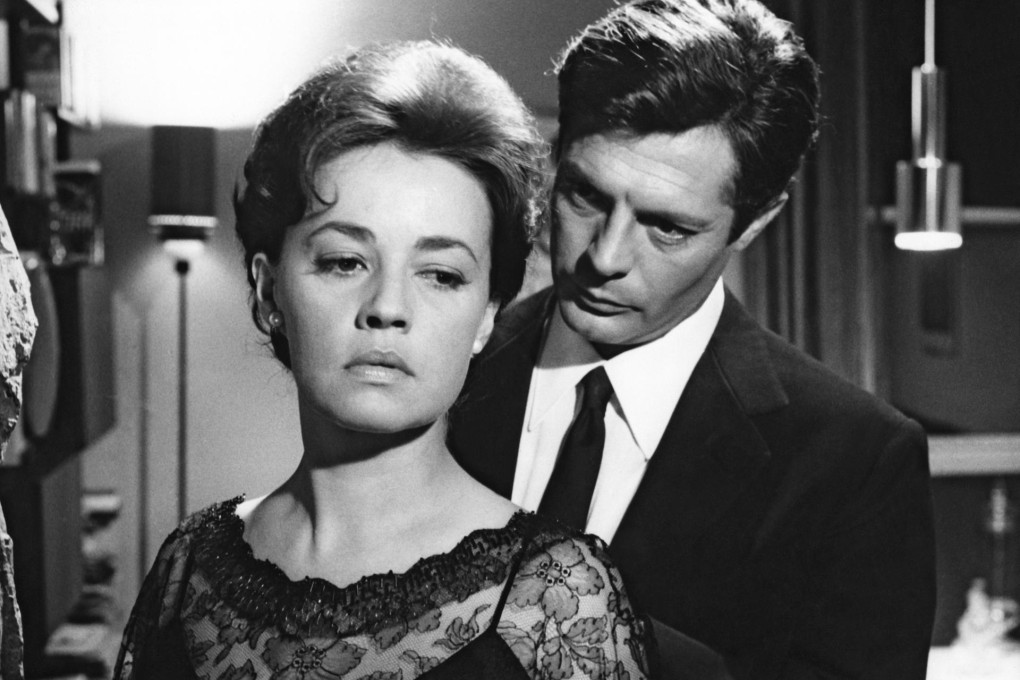Art House: Antonioni's La Notte focuses more on characters than urban alienation

Can a film about apathy still qualify as a success if it draws a yawn from many of its viewers? Such is the interesting predicament faced by La Notte, Michelangelo Antonioni's 1961 Berlin Golden Bear winner. Less radical in form than either L'Avventura (1960) or L'Eclisse (1962), but no less intriguing in tone, this middle entry of the Italian auteur's unofficial trilogy is the least-talked-about title among the trio.
Unlike those two films, Antonioni's favourite theme of bourgeoisie alienation is so organically ingrained in La Notte that there's hardly a stand-out sequence here for critics to make a fuss about. As one of cinema's most noted modernists, he appears content to focus on the human characters — instead of the dehumanising urban environment that stole the spotlight in many of his seminal efforts.
Although it begins with a shot that rises above the Milan streets to admire the wonder that is the Pirelli Tower, La Notte is really just a close study of an unhappy, middle-class couple whose emotional issues are largely separate from the times. That affinity to the stylistically mundane may partly explain the film's minor status in the Antonioni oeuvre, even if it boasts three of the era's greatest stars in Marcello Mastroianni, Jeanne Moreau and Monica Vitti.
As a regular stand-in for tortured intellectuals in early 1960s Italian cinema, Mastroianni — who also played a journalist in Federico Fellini's La Dolce Vita (1960) and a filmmaker in 8½ (1963) — is arguably at his understated best here as Giovanni, a novelist trapped in a creative funk and a passionless marriage with the socialite Lidia, played by Moreau to perfection.
La Notte patiently charts the duo's bored existence as they wander around the city. While there are dramatic incidents scattered through the meandering tale — including their visit to a dying friend (Bernhard Wicki), their dreary hour at a dinner club strip-tease, and their respective flirtations with adultery at a giant house party— their emotional detachment seems complete.
Uncharacteristically for Antonioni, who had a penchant for the elliptical, La Notte concludes with a conversation between the husband and wife at which one of them, at least, strives hard to pinpoint their problems. The director had remarked that his protagonists would ultimately fail to go beyond their mutual pity to secure a future. For cinema-goers, ironically, it is this certainty of loneliness that has firmly established the director and his stars as lasting film icons.